Alternate Wet and Dry methods (AWD)
Alternate Wet and Dry is a farming practice that follows alternate wetting and drying methods to cultivate paddy in lowlands intended to optimally use water and reduce greenhouse gas emissions. Few of the Indian states including Telangana and Punjab, have adopted AWD cultivation for paddy.
Suitable Locations for Implementation of AWD
Generally, AWD is suitable for cultivating paddy in lowlands where soils can be drained at 5-day intervals. This wetting method prevents the field from drying during the rice-growing period.
Benefits of AWD Adoption
- As per IPCC 2006, Guidelines for National Greenhouse Gas Inventories estimate a 48% reduction in methane emissions from Alternate Wet and Dry methods.
- This method reduces 30-85% of other greenhouse gases from paddy fields.
- Alternate wetting and moderate soil drying reduce heavy metals like Cadmium, Arsenic and Lead accumulations in paddy grains, which are toxic and known human carcinogens.
- It also minimizes the time, labor, and production costs of an irrigation system.
Challenges in Implementing AWD
- AWD methods can enhance the concentration of nitrous oxide and soil salinity.
- The weed management process is negatively affected due to the low drainage process.



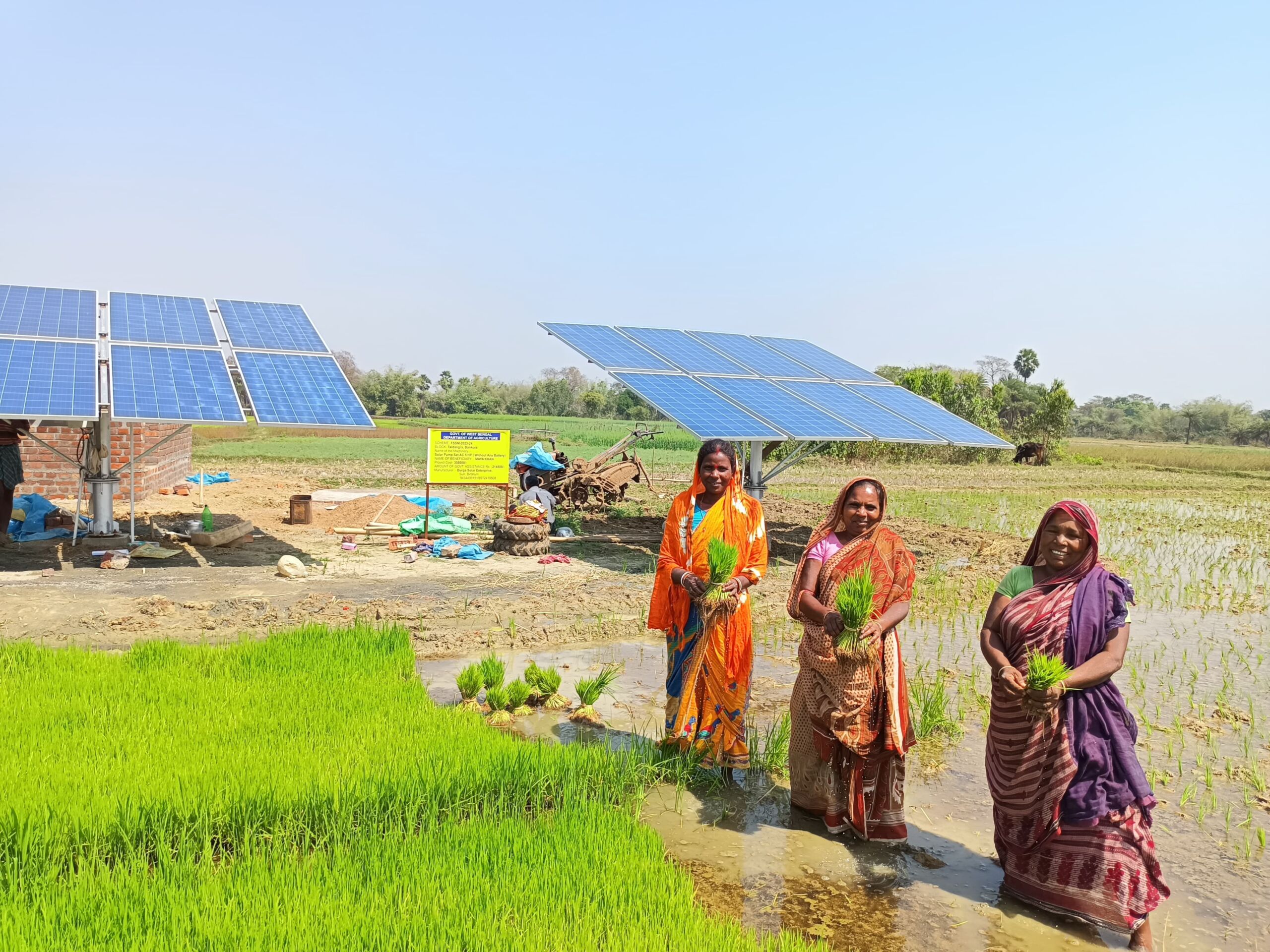

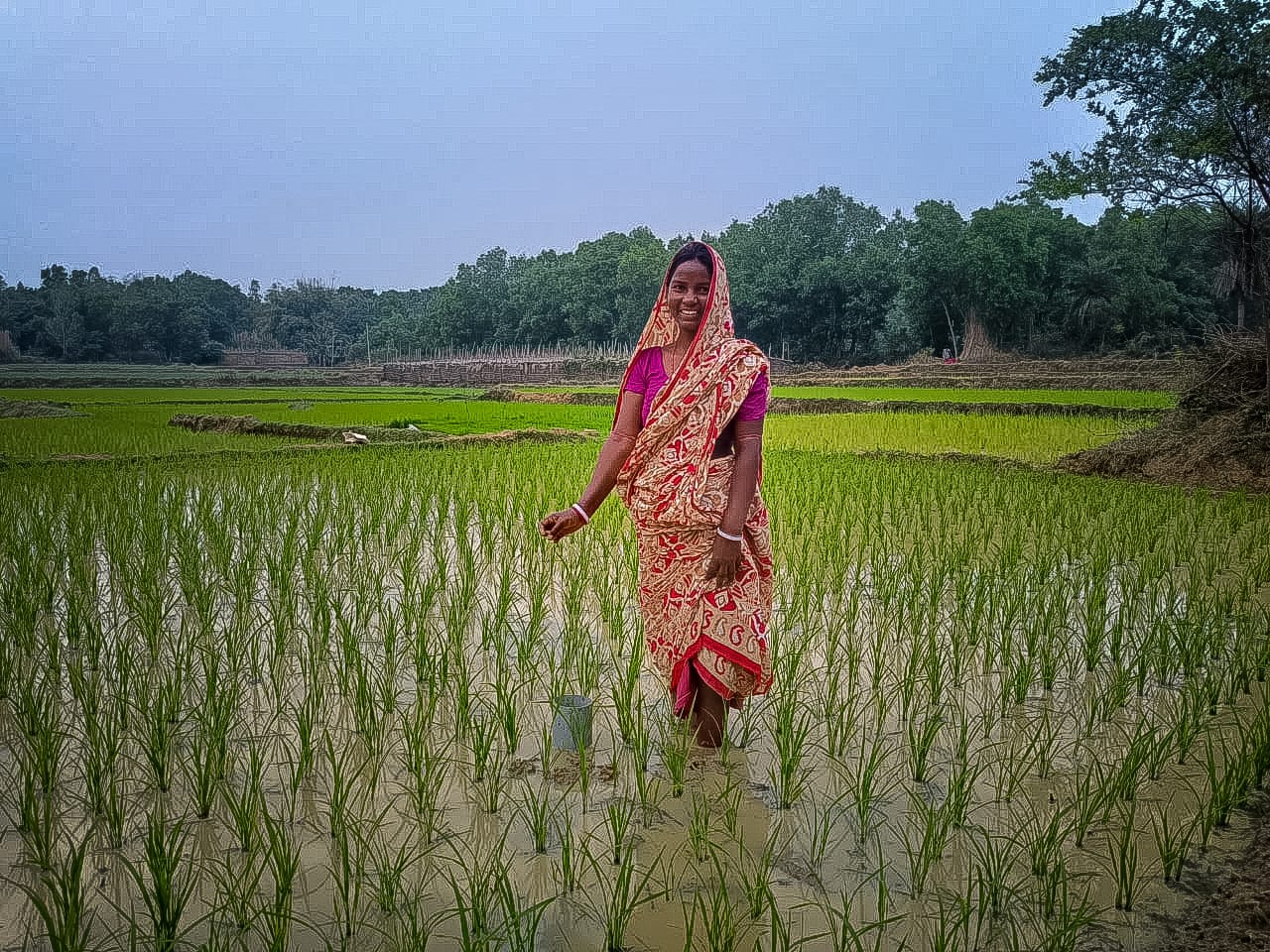

 0
0  0
0 
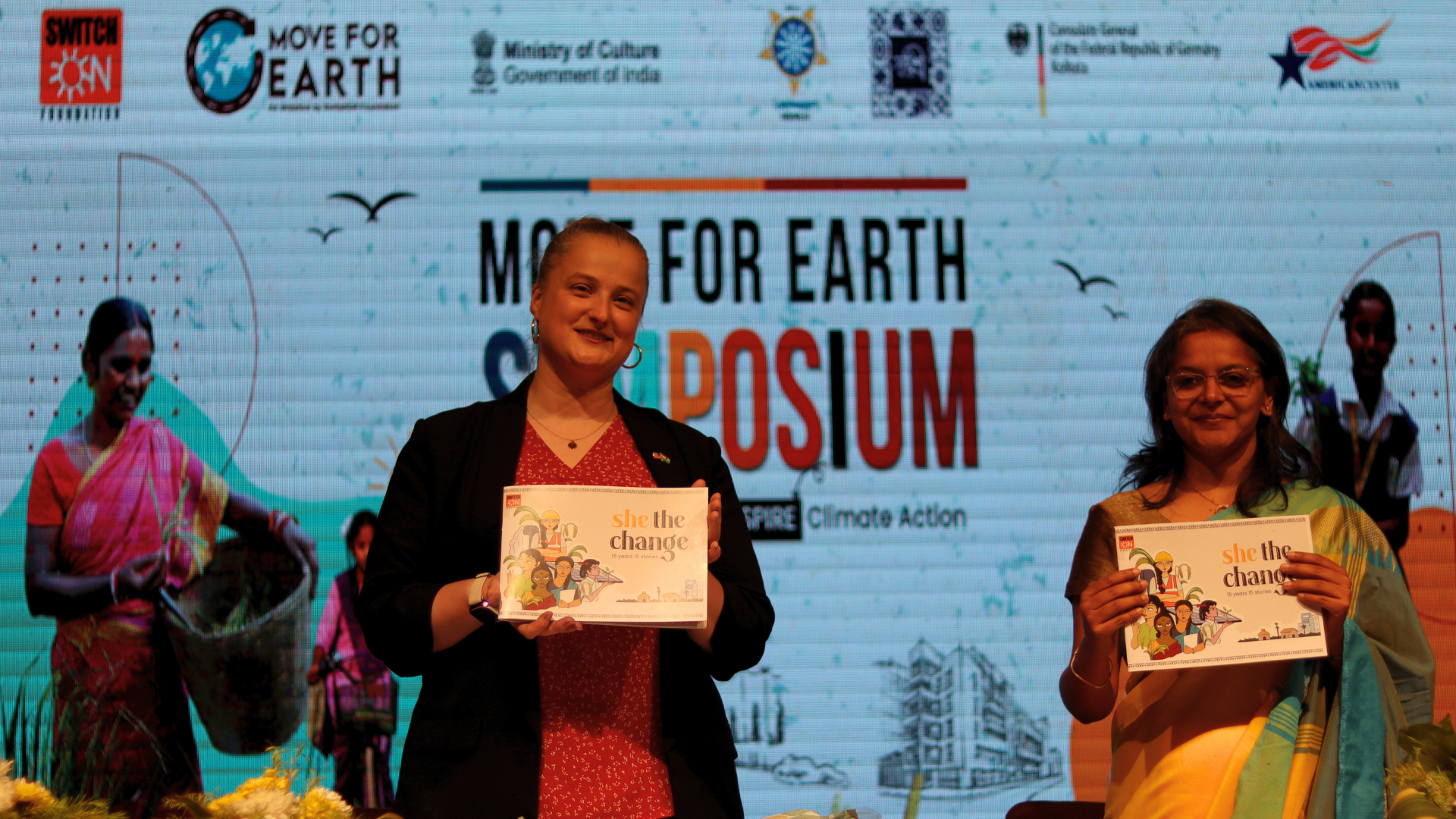


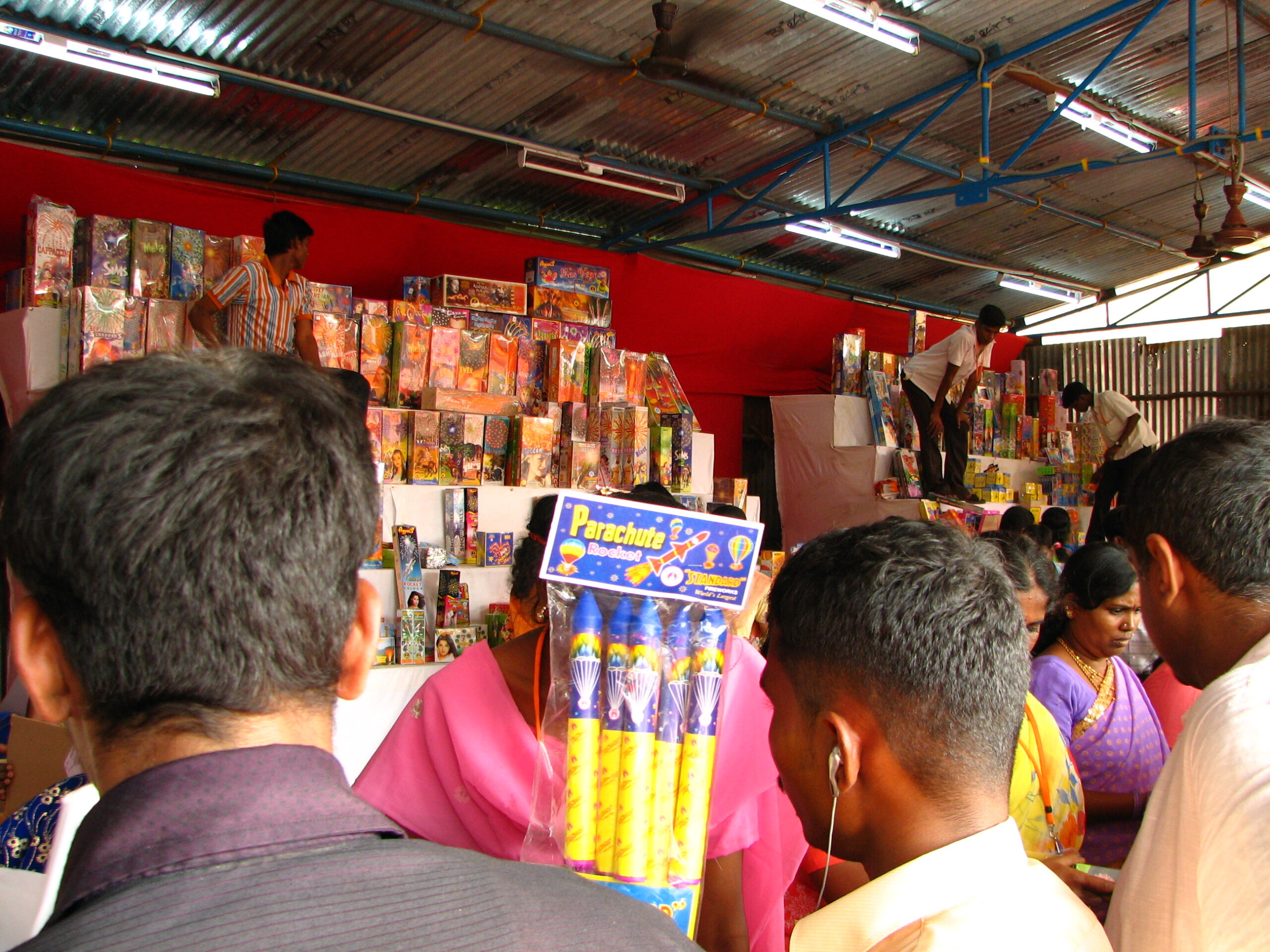
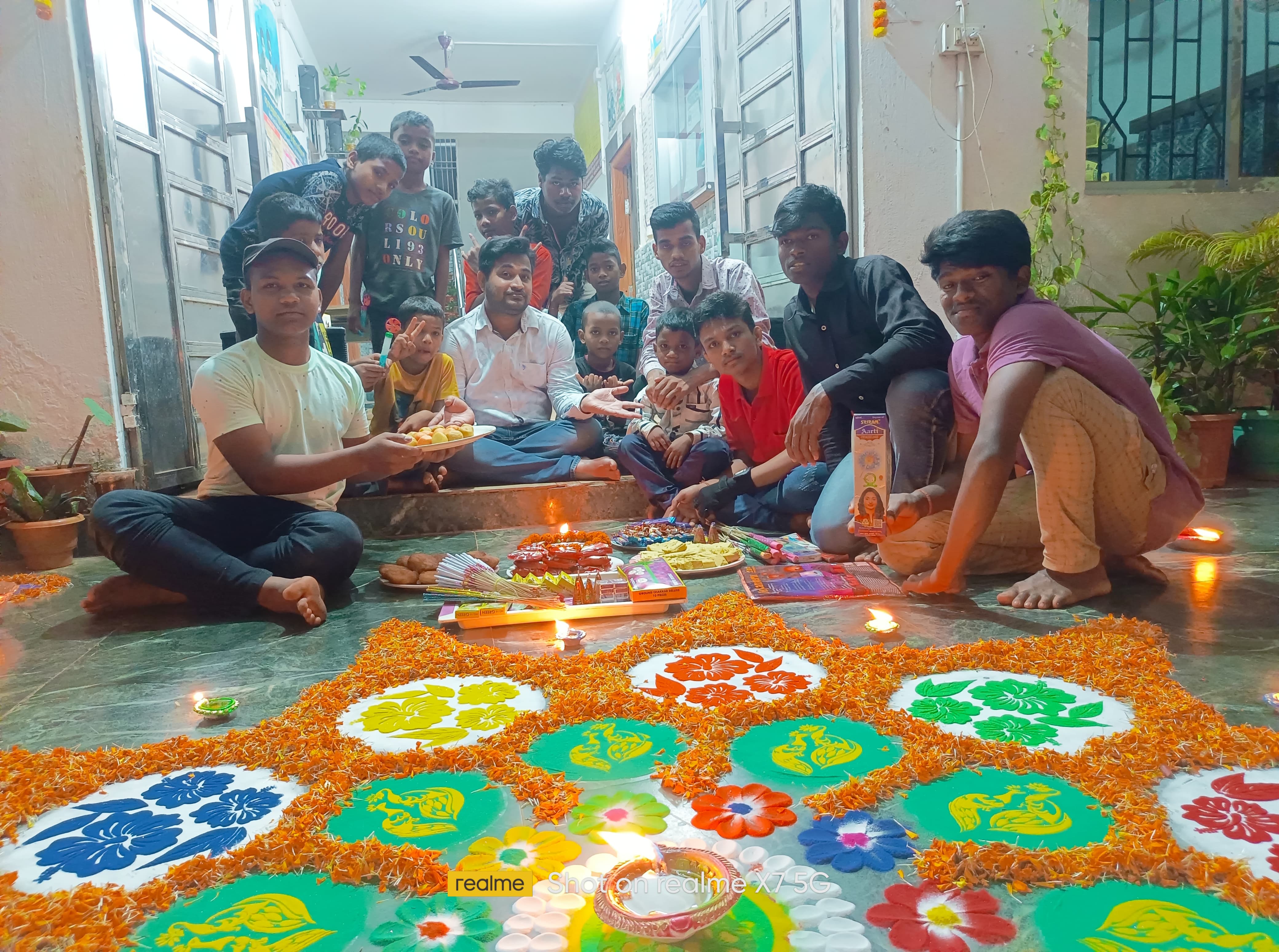
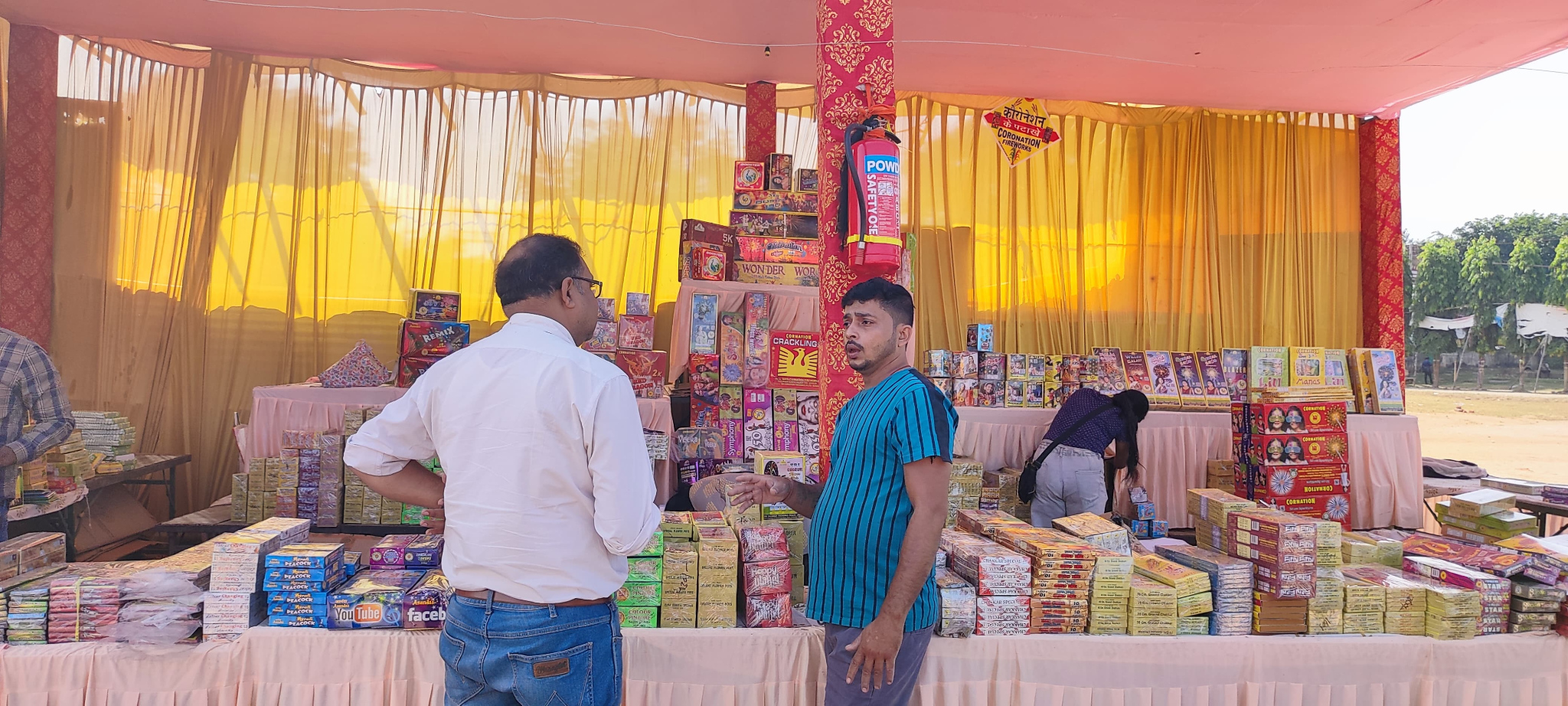





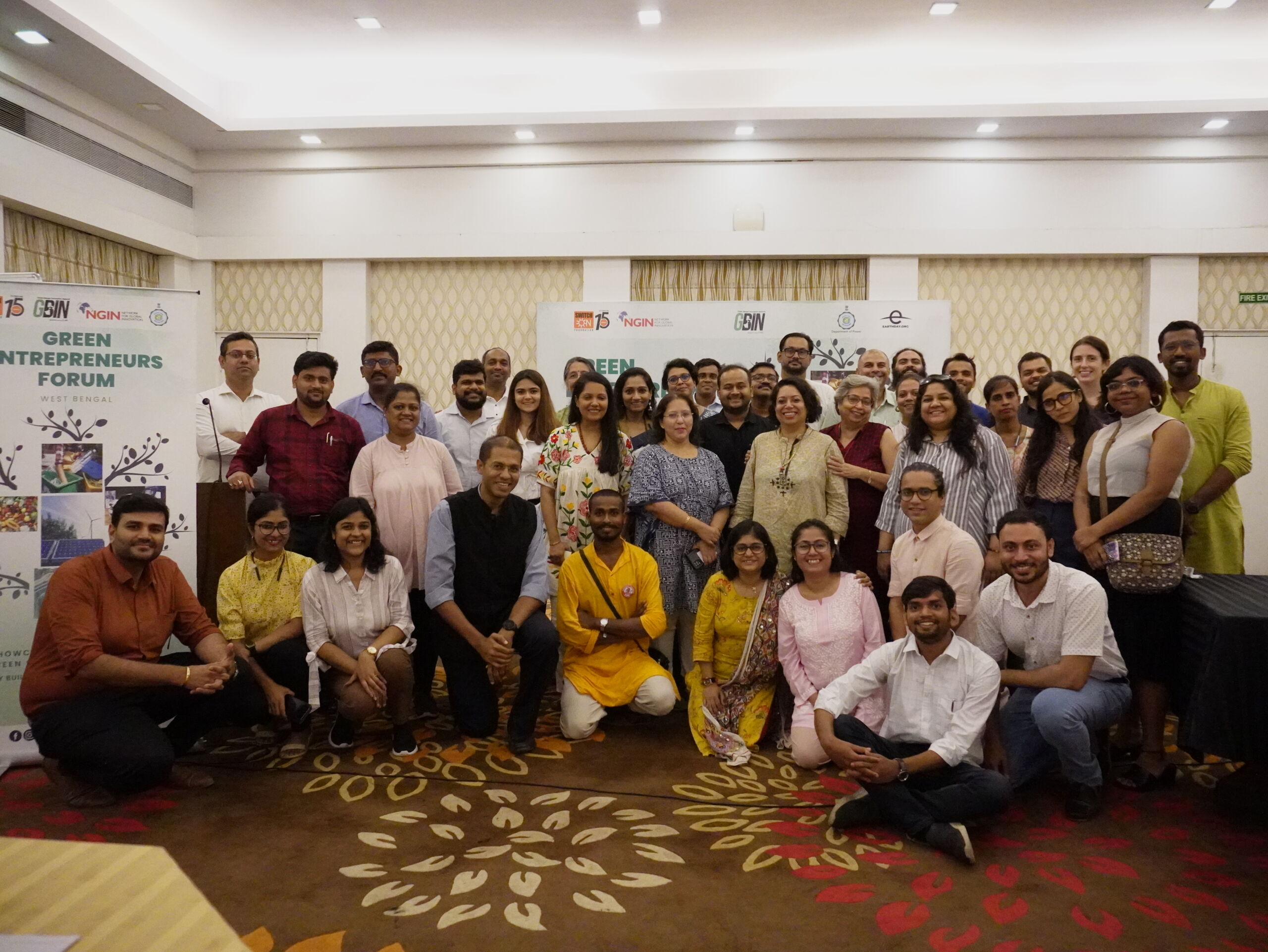
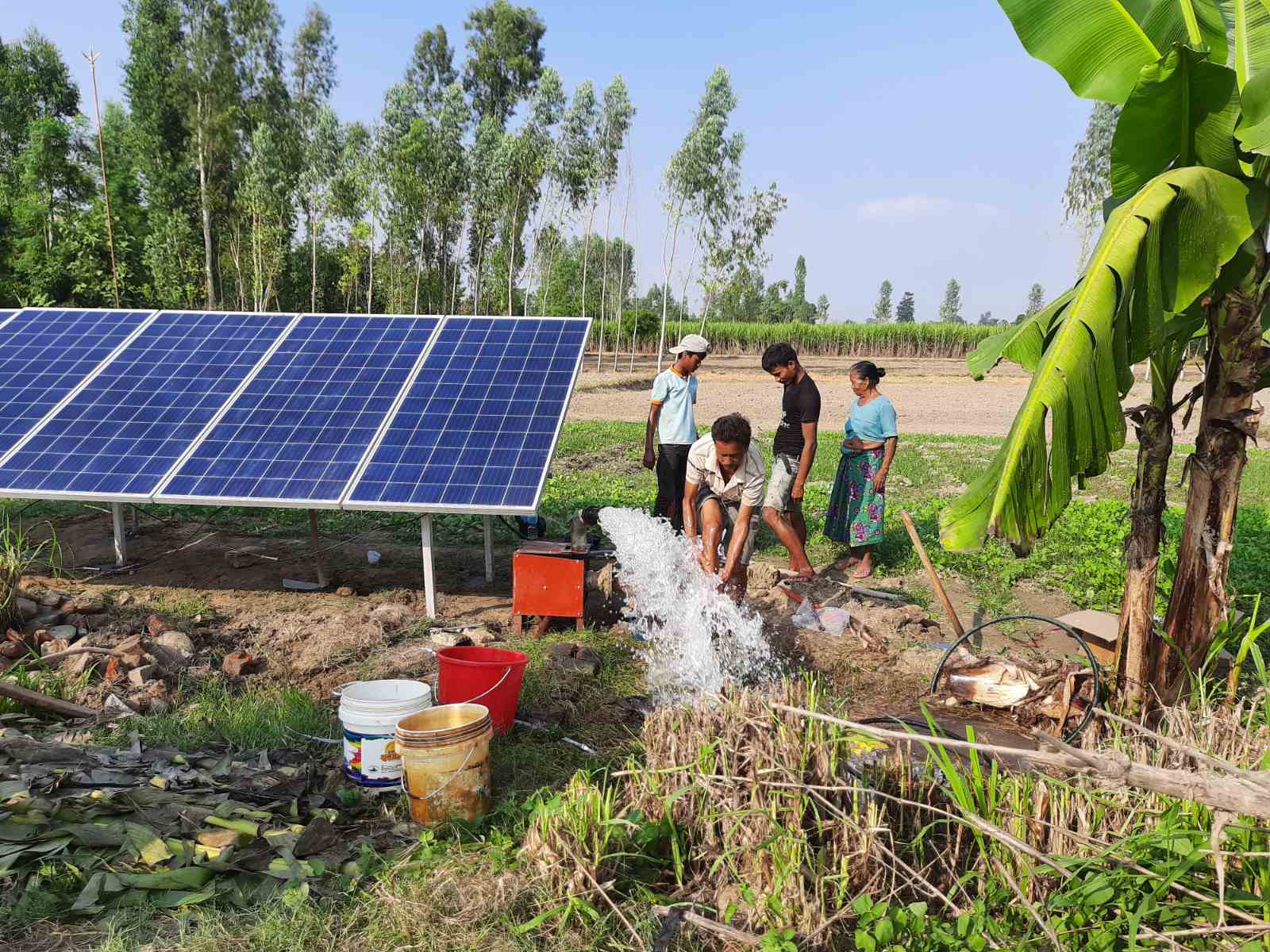
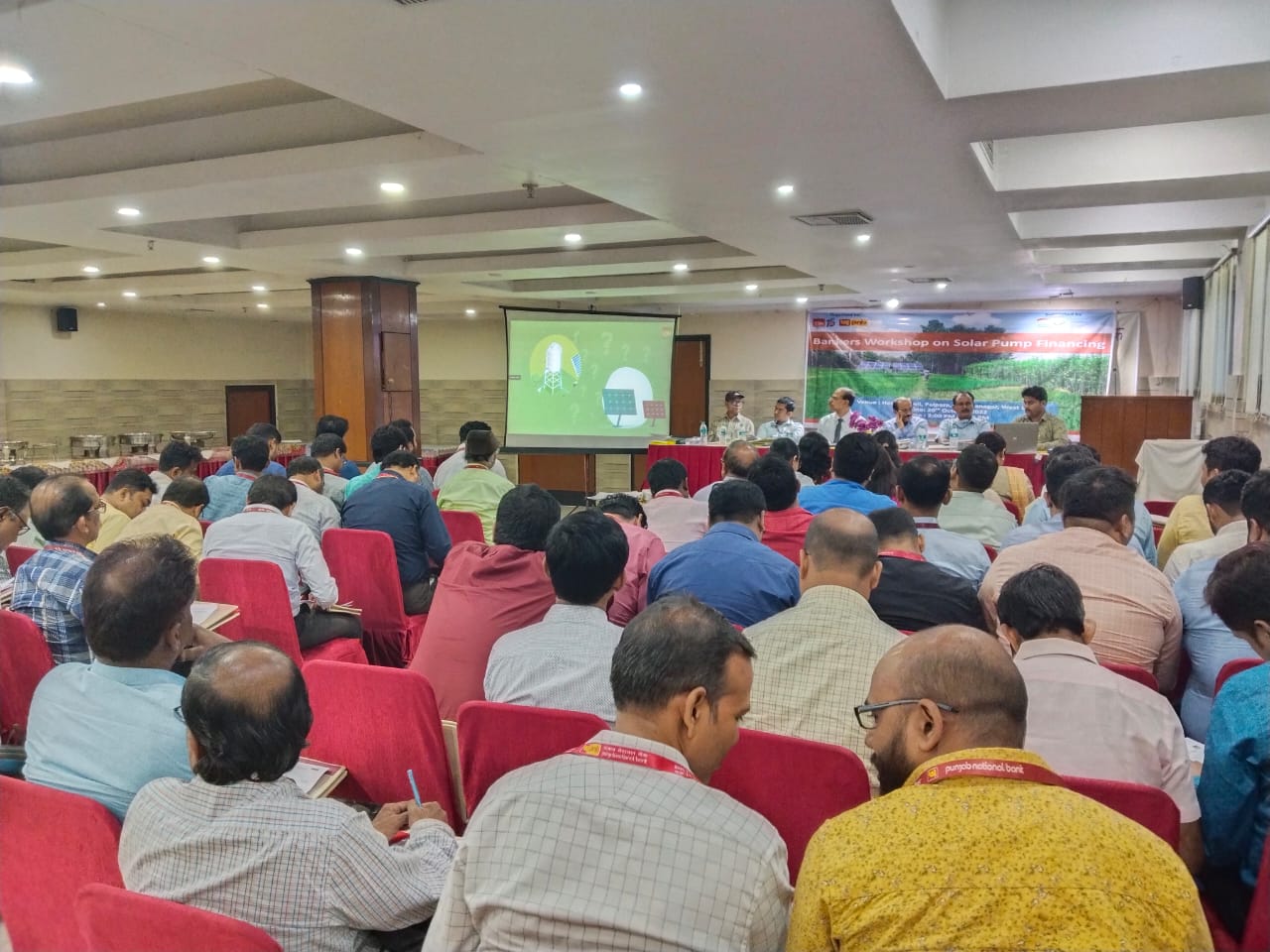
Very detailed and well reseached
good initiative
Encouraging